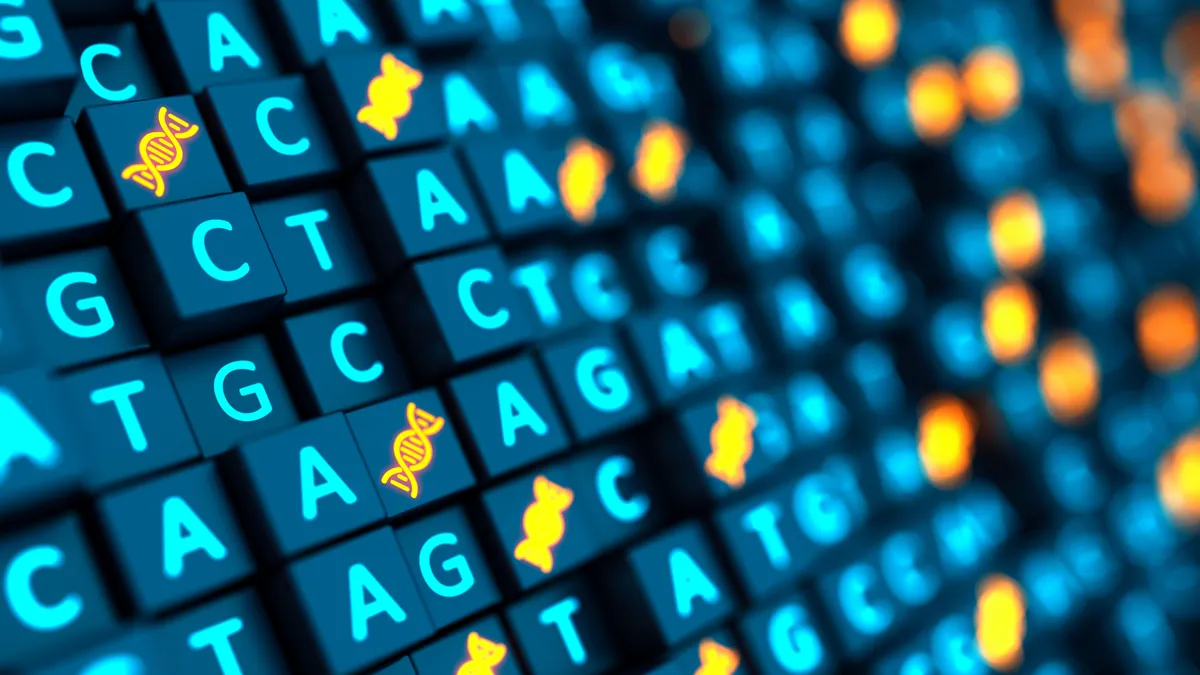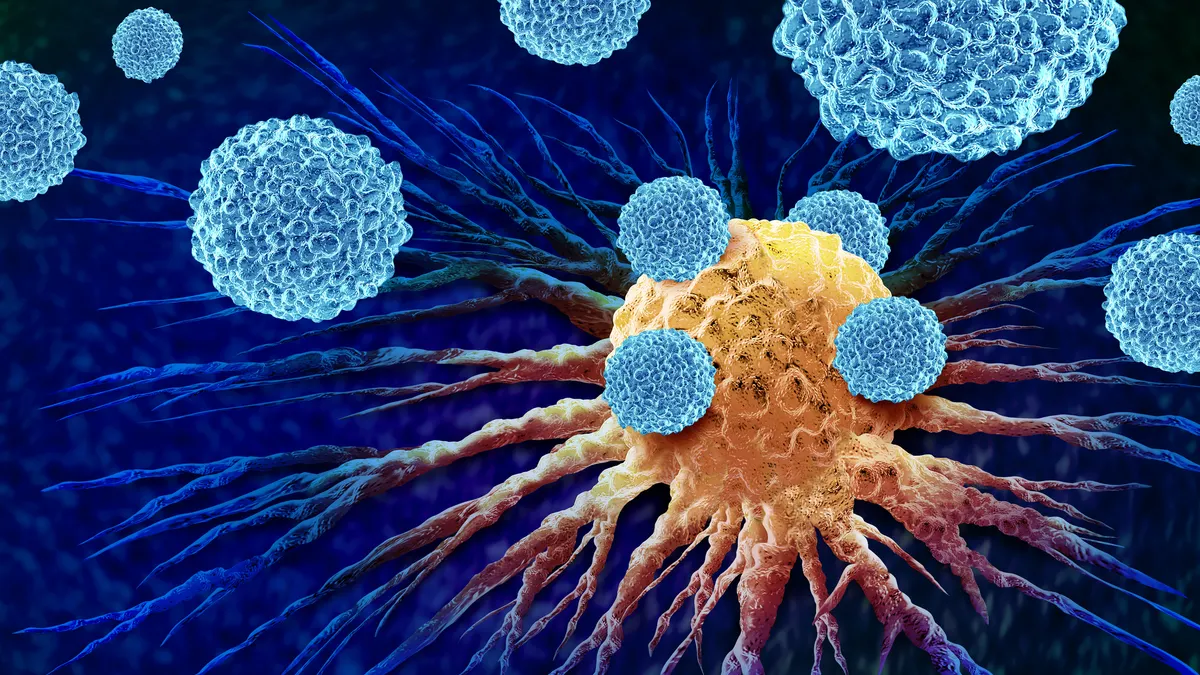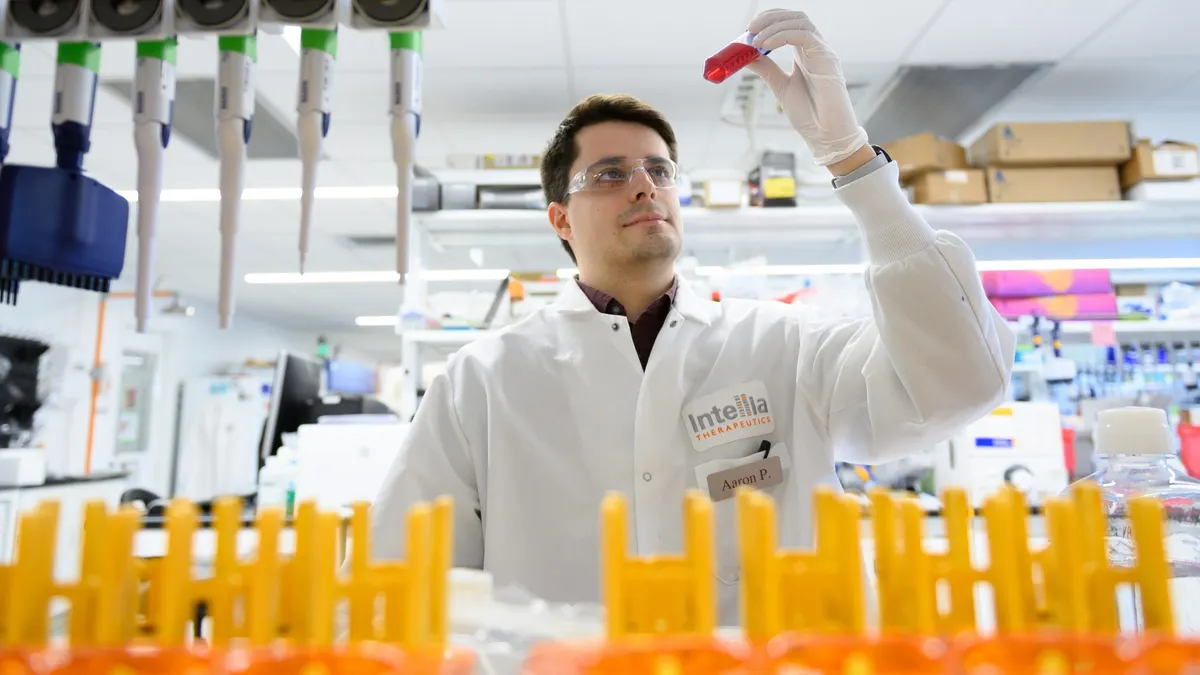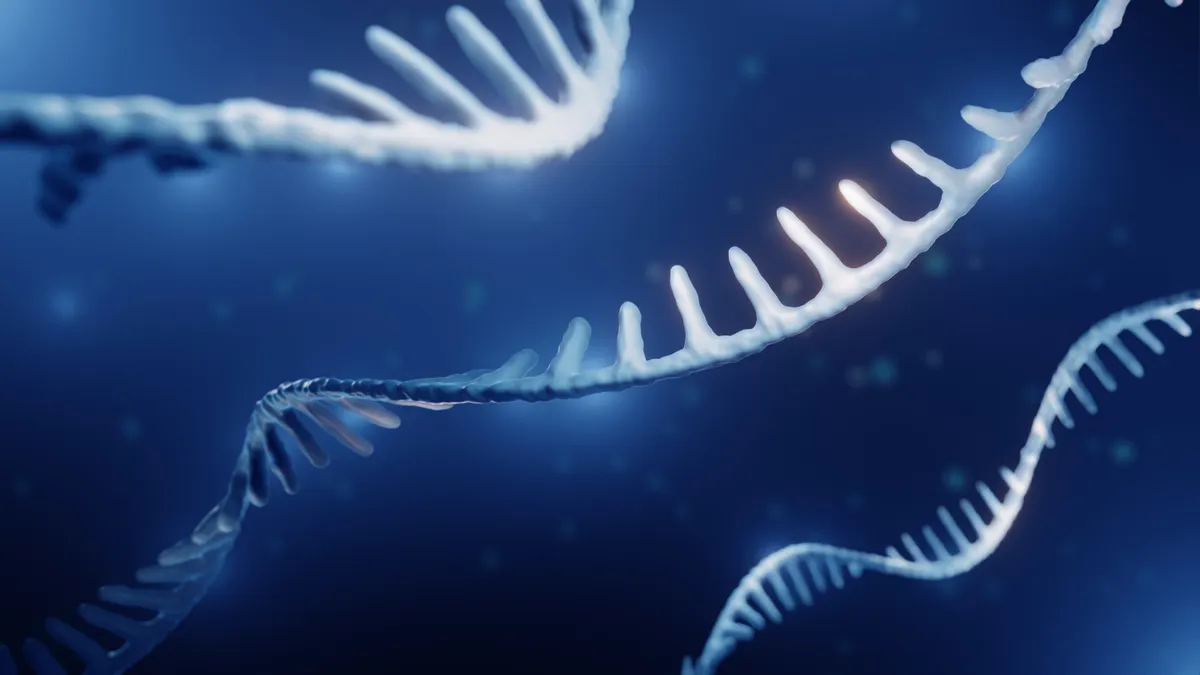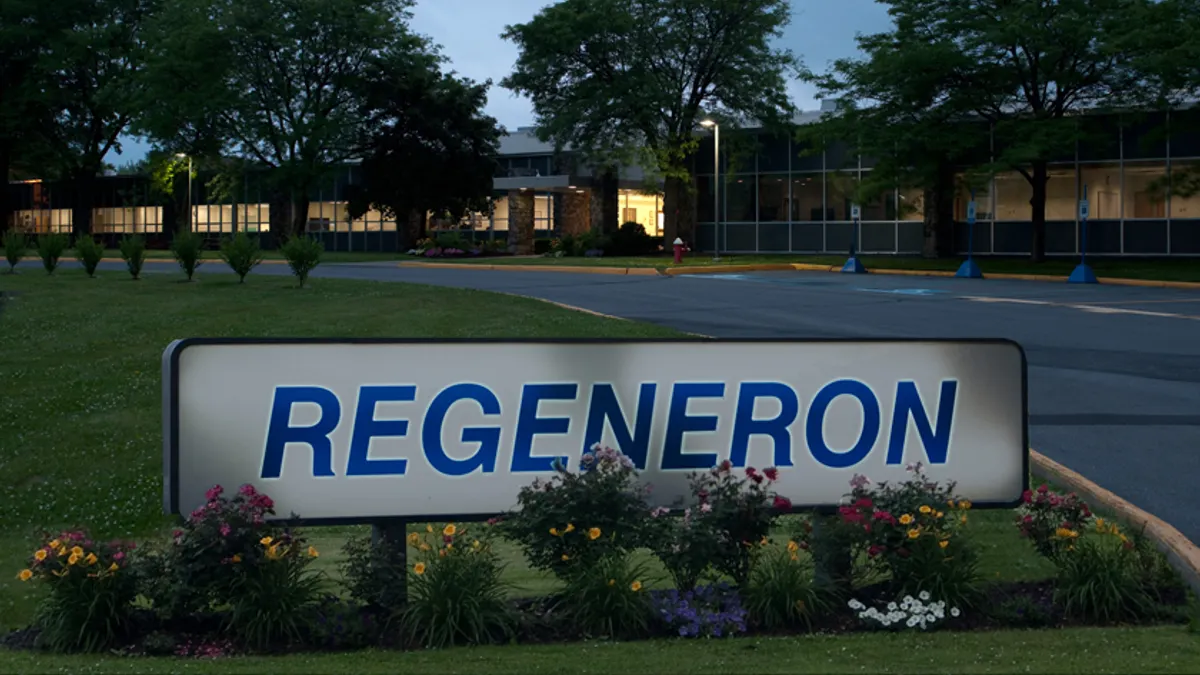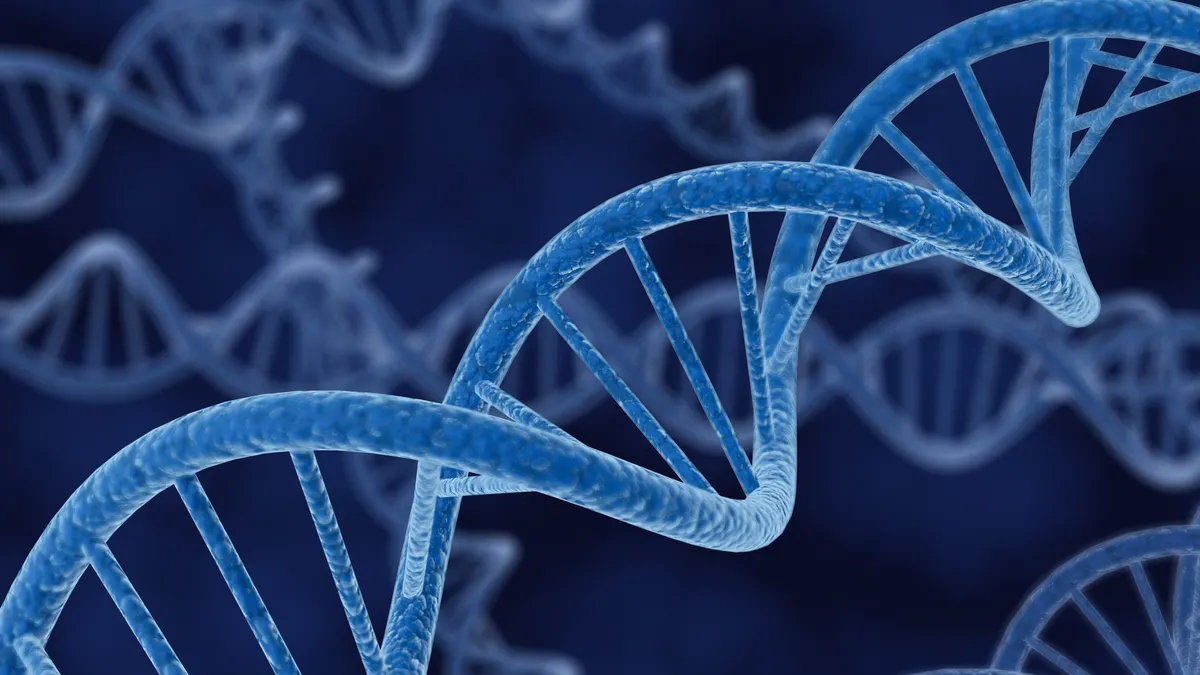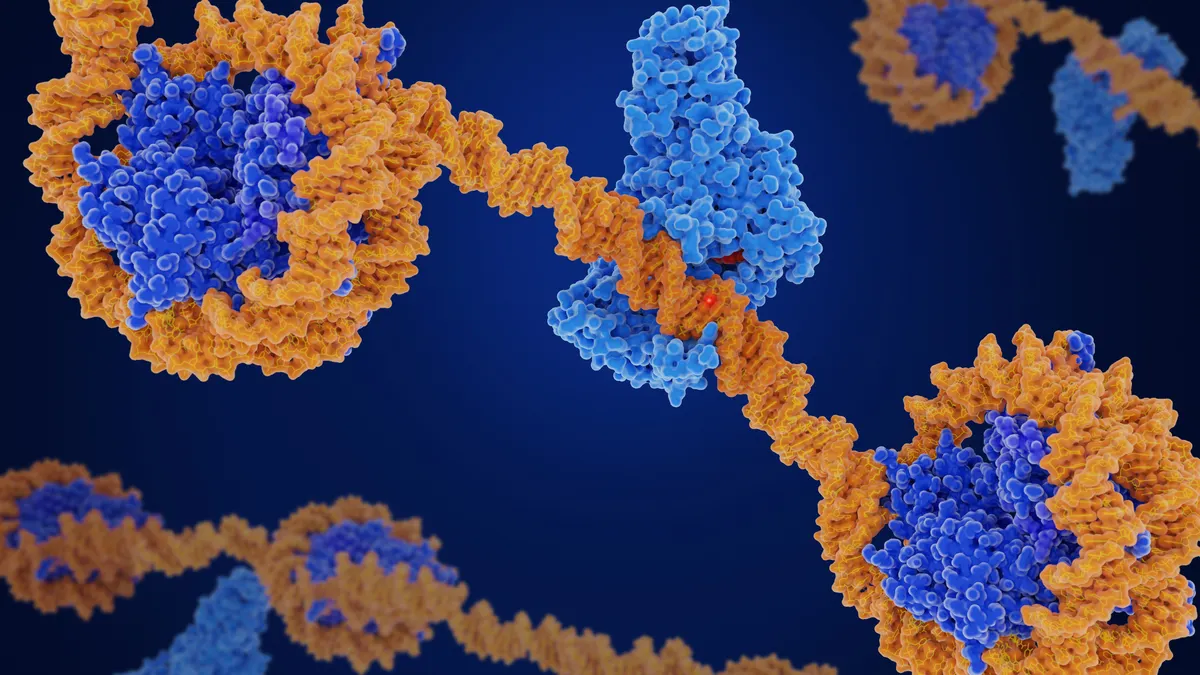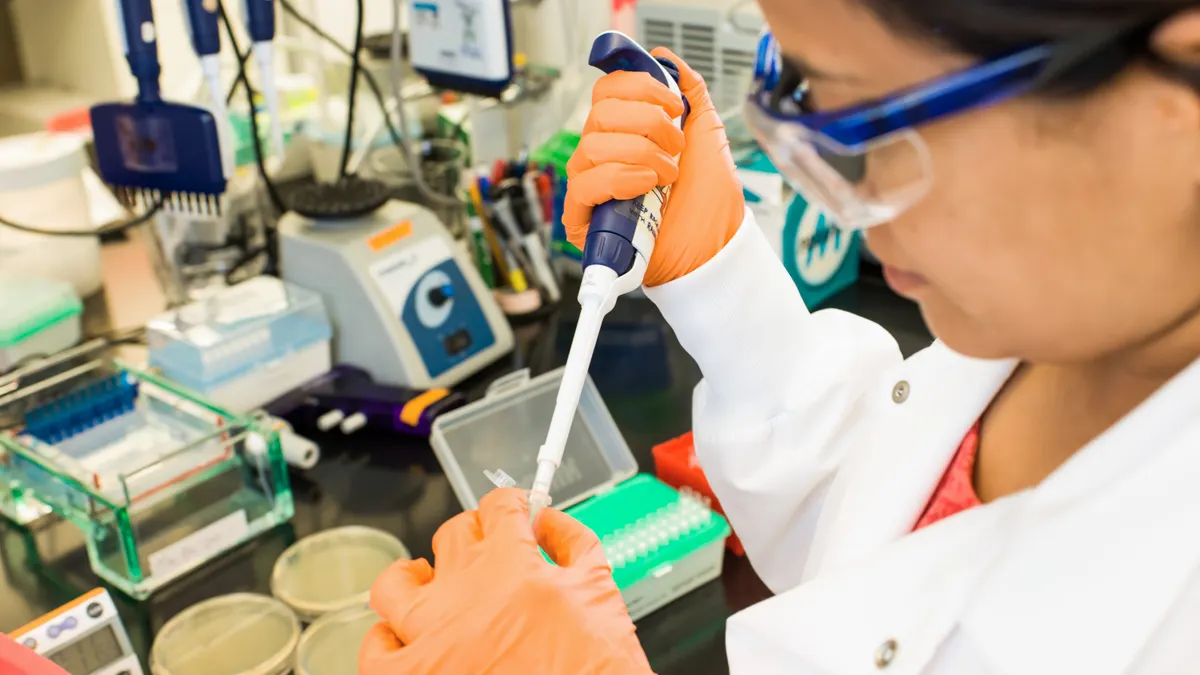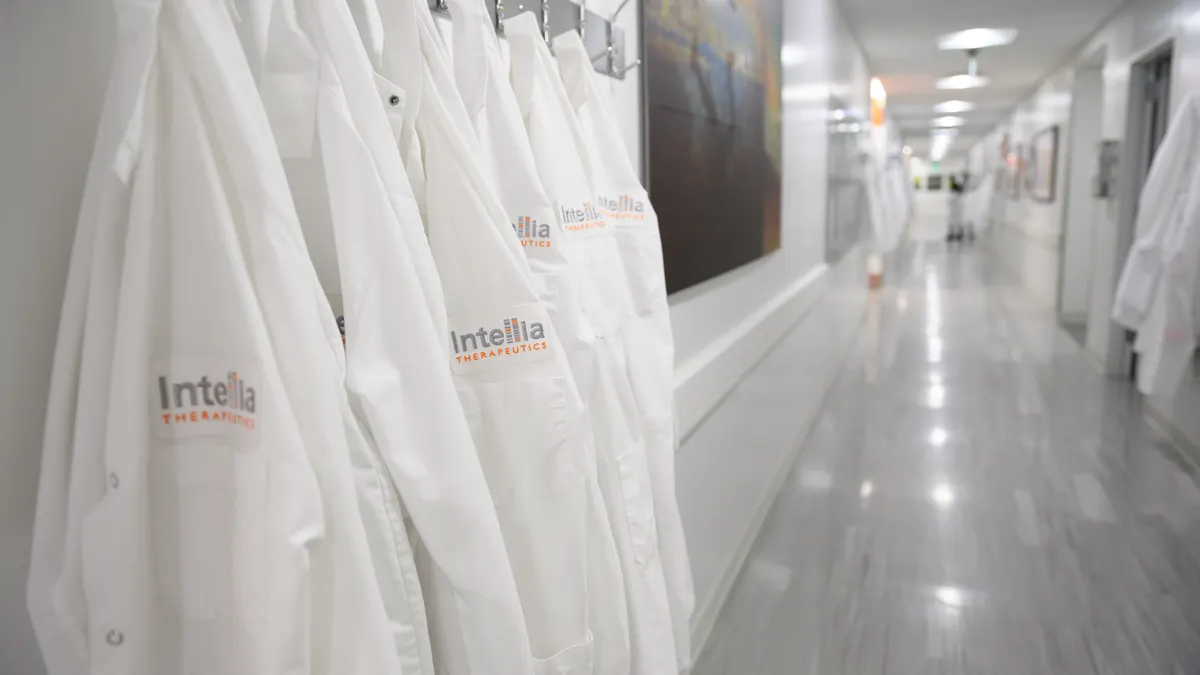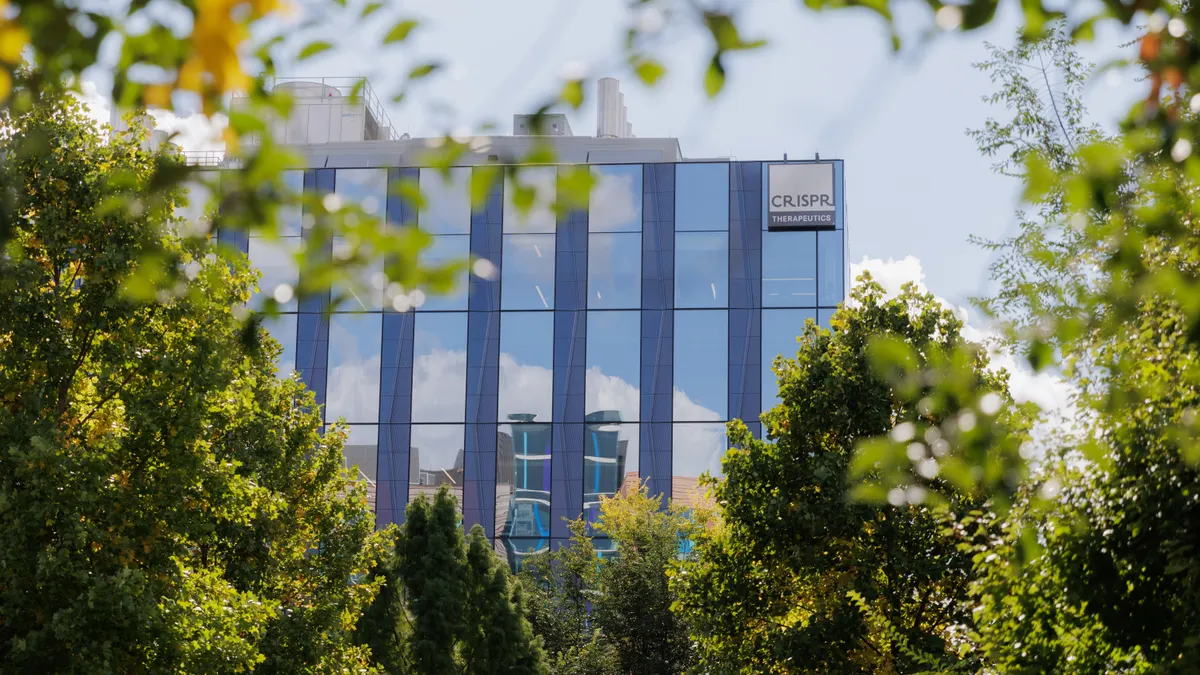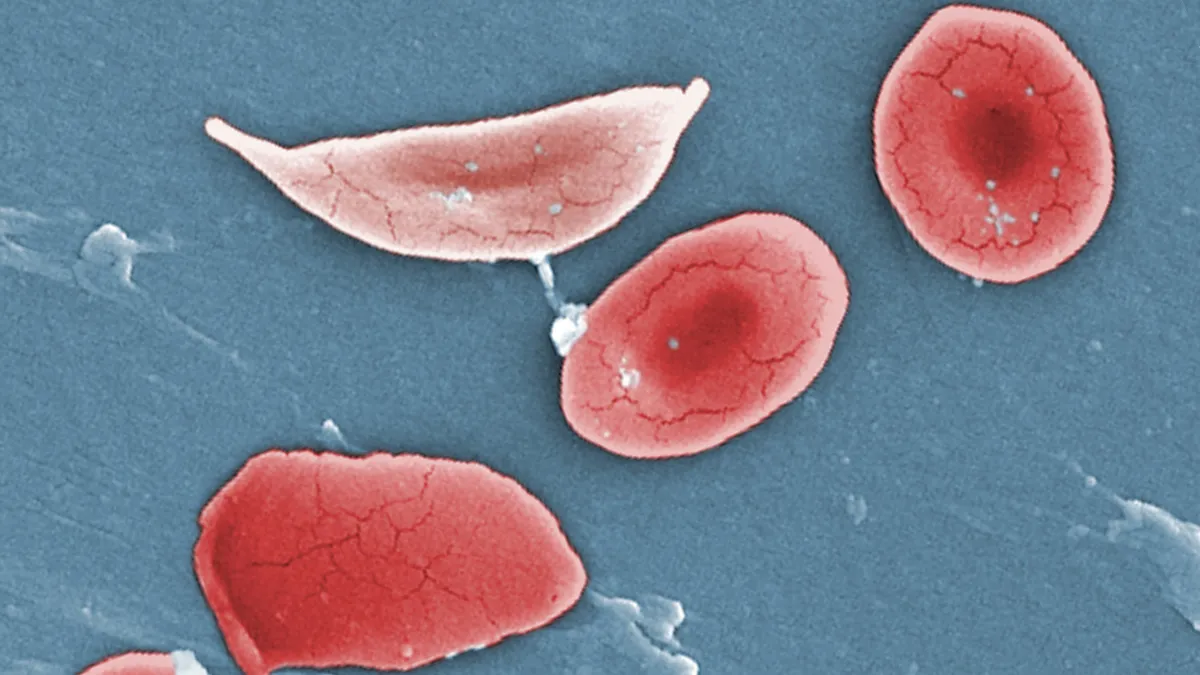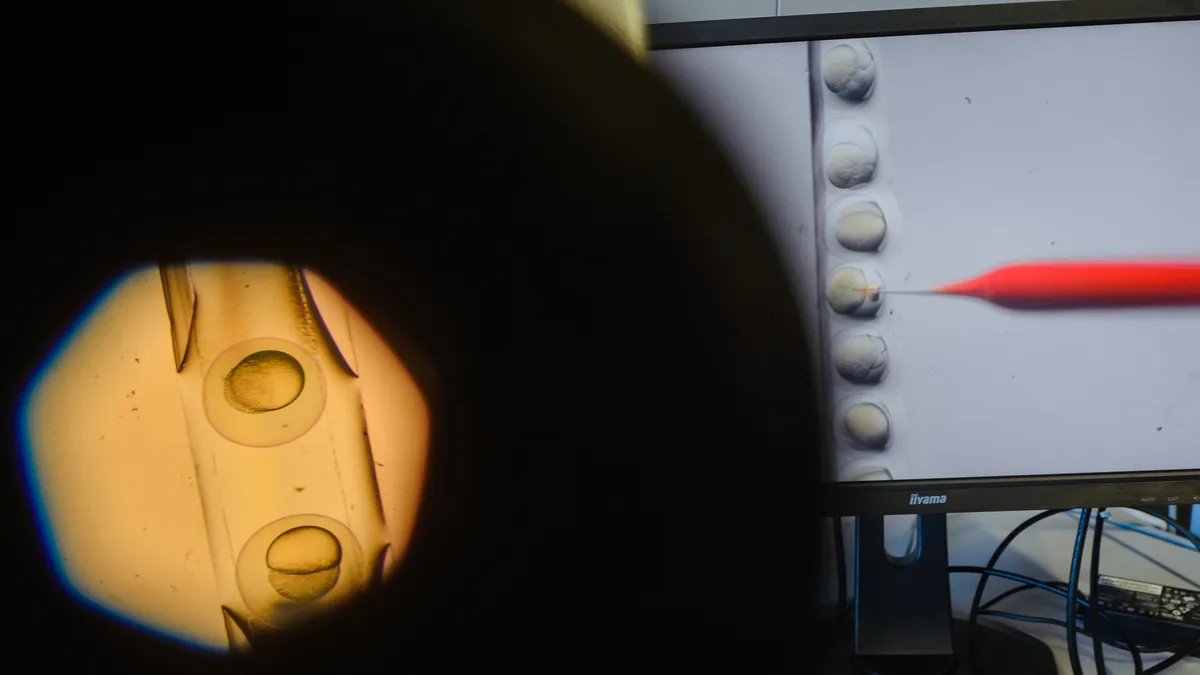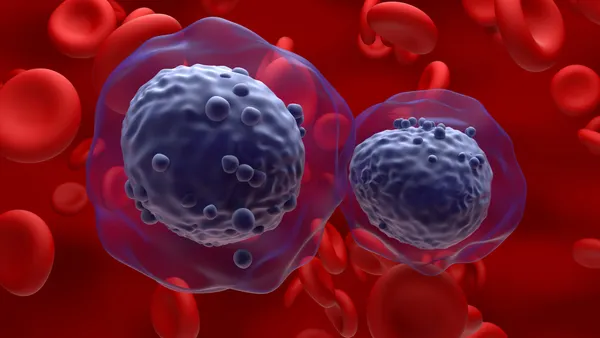Preliminary results from a small clinical trial suggest that a cutting-edge genetic medicine developed by Beam Therapeutics can repair the damaged DNA that gives rise to a rare liver and lung disorder.
The data, from the first nine patients treated in the trial, are an important proof point for Beam, which specializes in a form of CRISPR gene editing that can precisely rewrite misspelled DNA sequences by changing individual nucleotides, or “letters.” Although the biotechnology company has previously released data for other experimental editing medicines, Monday’s findings are the first from a therapy designed to directly correct a disease-causing genetic mutation.
In this case, Beam aims to treat a genetic condition called alpha-1 antitrypsin deficiency, or AATD, by fixing the DNA misspelling at the disease’s root. Delivered into the liver by tiny globules of fat, the base editing machinery of Beam’s medicine swaps an “A” for a “G” in the SERPINA1 gene variant linked to the most severe form of AATD.
While only a first look at the medicine’s potential, the results Beam disclosed Monday suggest treatment is working as intended, without causing any alarming side effects that could derail testing. Still, in a sign of the difficulties currently facing developers of genetic medicine, shares in Beam fell by nearly 15% in Monday morning trading.
AATD’s damage to the liver and lungs is tied to a misfolded “AAT” protein that’s produced by the mutant SERPINA1 gene. Normally, this protein is secreted by liver cells and travels to the lungs, where it protects healthy tissue from an enzyme released by white blood cells to fight infections. When it’s misfolded, however, the protein mostly accumulates inside liver cells, eventually causing inflammation and cirrhosis. And left unprotected, the lungs are vulnerable to attack by the enzyme, called neutrophil elastase.
Beam’s medicine, dubbed BEAM-302, is meant to address both consequences of AATD. In theory, correction of the SERPINA1 mutation should restore production of correctly folded AAT protein, thereby easing the stress on the liver and rebuilding the lung’s defenses against neutrophil elastase.
The data released Monday give reason to believe in that promise. All nine of the treated patients had lung disease associated with AATD, and received intravenously one of three ascending doses of BEAM-302. One month after treatment, researchers running the trial measured increases in total AAT protein that were between 1.6 and 2.8 times baseline levels. This occurred alongside reductions in circulating misfolded protein, indicating the higher levels were the result of properly produced AAT protein.
In one patient treated with the highest of the three doses, circulating levels of misfolded protein were 78% lower than baseline after one month. And in the three patients on that dose, total AAT protein levels reached an average of 12.4 micromolars — above a threshold that’s considered protective as it is seen in people with a “carrier” AATD genotype.
“We believe BEAM-302 has the potential to be a transformative therapy that could treat the entire spectrum of disease manifestations in severely deficient AATD patients,” said Beam CEO John Evans in a Monday statement.
Importantly, wrote Jefferies analyst Michael Yee in a client note, BEAM-302’s “safety looks clean." Adverse events are always a particular focus in early testing of new kinds of medicine, but are especially so in genetic medicine, where unwanted side effects have hampered studies of other therapies.
Beam plans to continue with testing higher doses of BEAM-302 in more patients, as well as to open a second phase of its study which will enroll AAT patients with mild-to-moderate liver disease. The company also expects to report additional study data at a medical conference later this year.
Alongside the data, Beam announced the pricing of a stock sale that it anticipates will raise $500 million in gross proceeds. The biotech had $850 million in cash, cash equivalents and short-term securities at the end of last year, which it said last month will last into 2027. The new funds should extend that runway to 2028, according to analysts at Leerink Partners.
Beam has plenty of company in targeting AATD. Several companies, Wave Life Sciences among them, are working on an "RNA editing" approach to treatment, while Arrowhead Pharmaceuticals and Takeda have been studying a gene-silencing method known as RNA interference. However, one of Beam's gene editing competitors, Intellia Therapeutics, recently said it would stop work on its AATD therapy.



